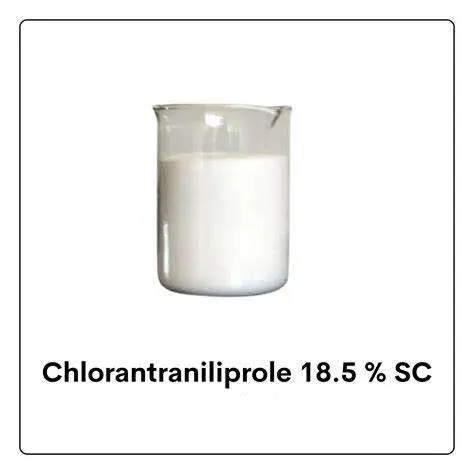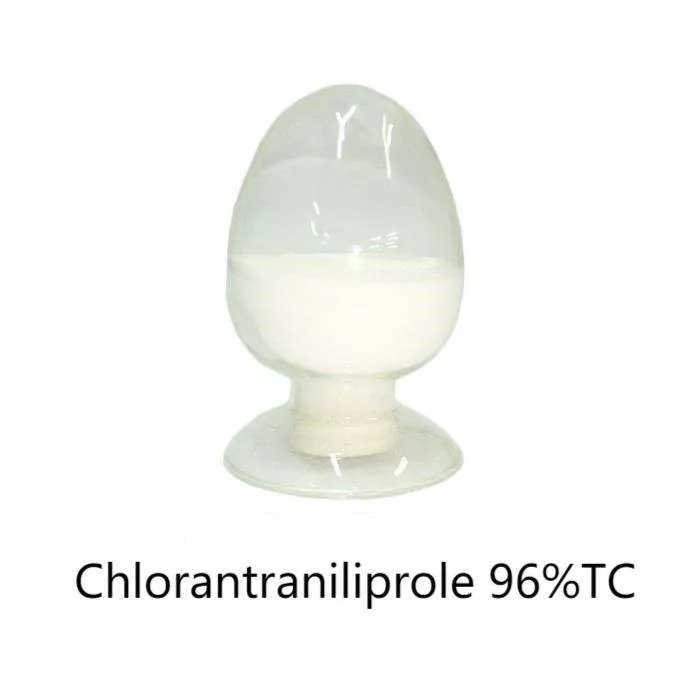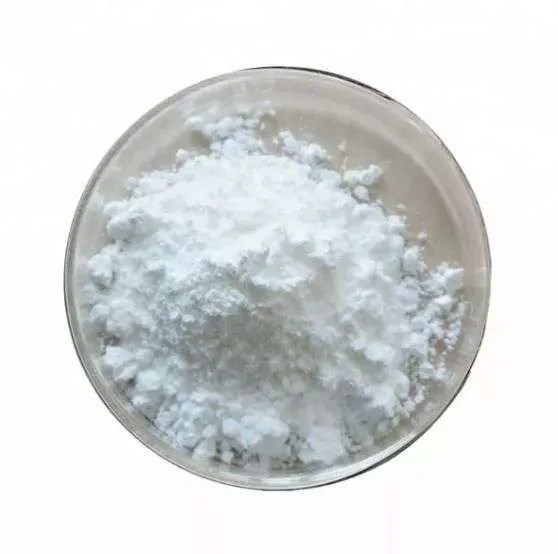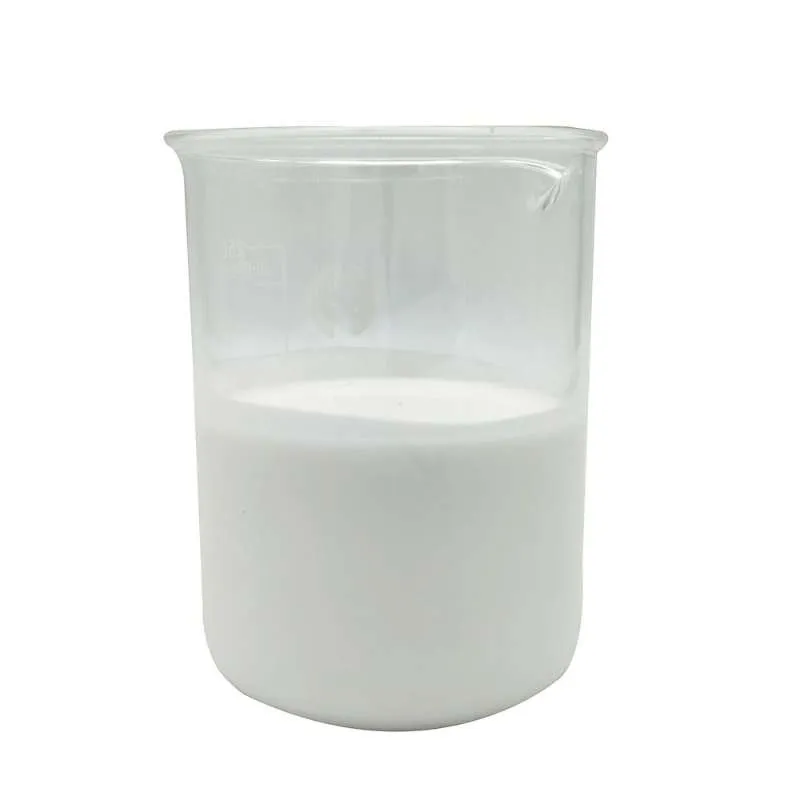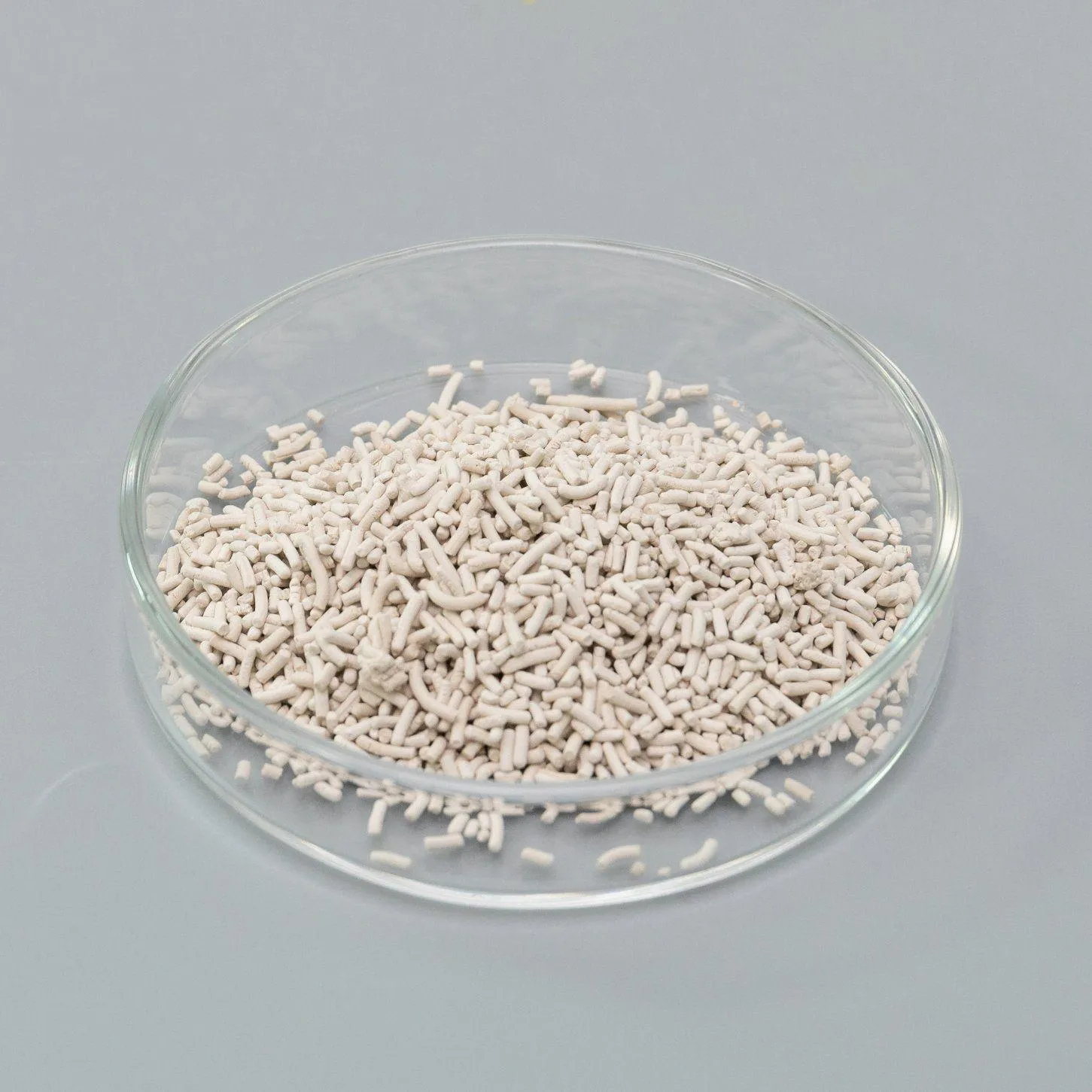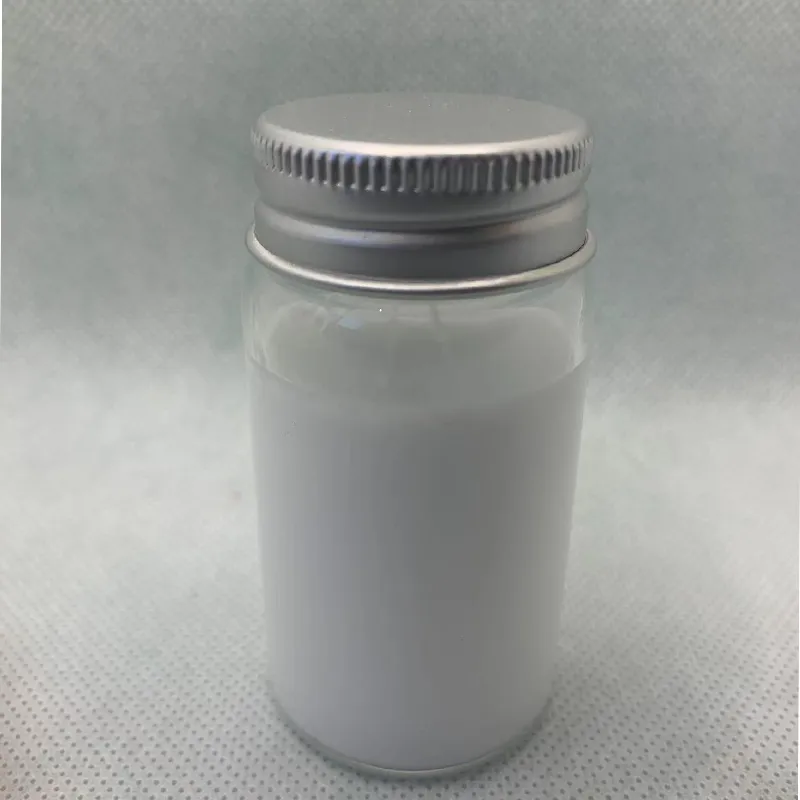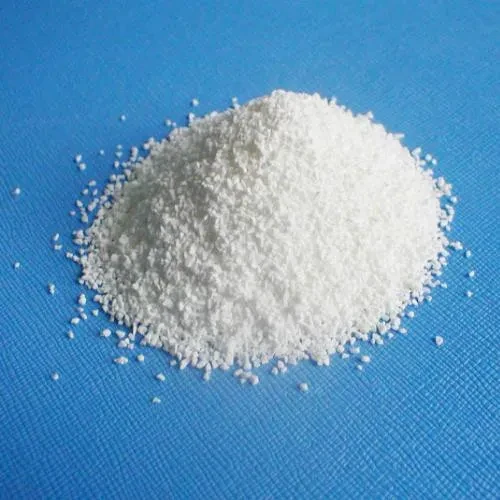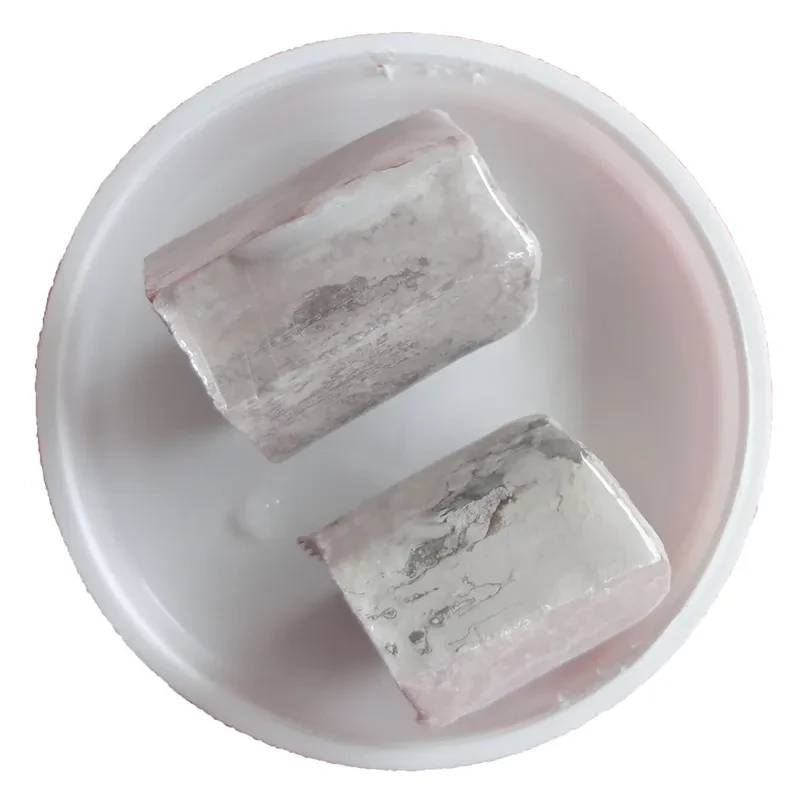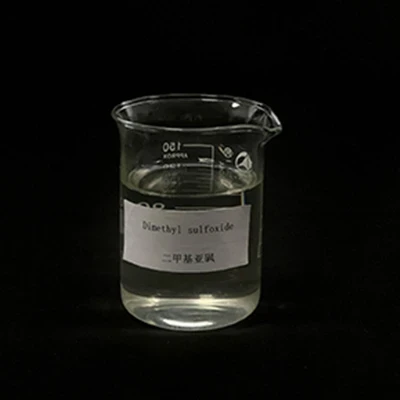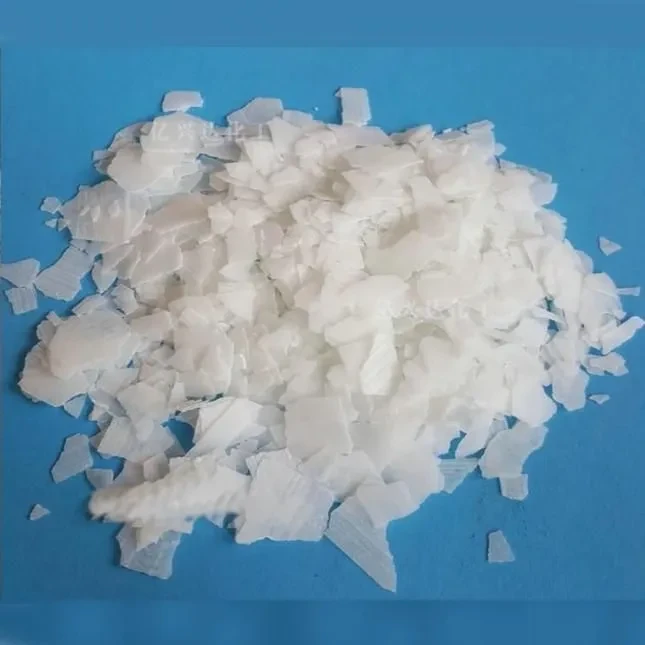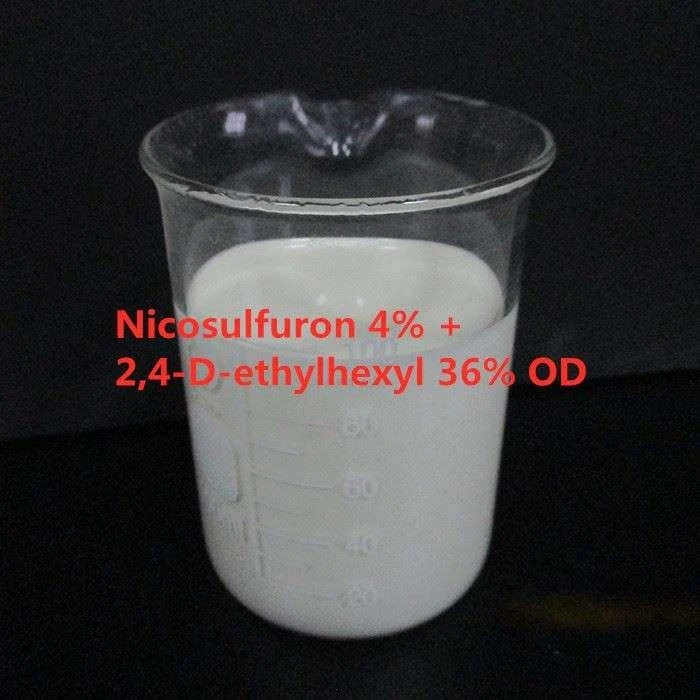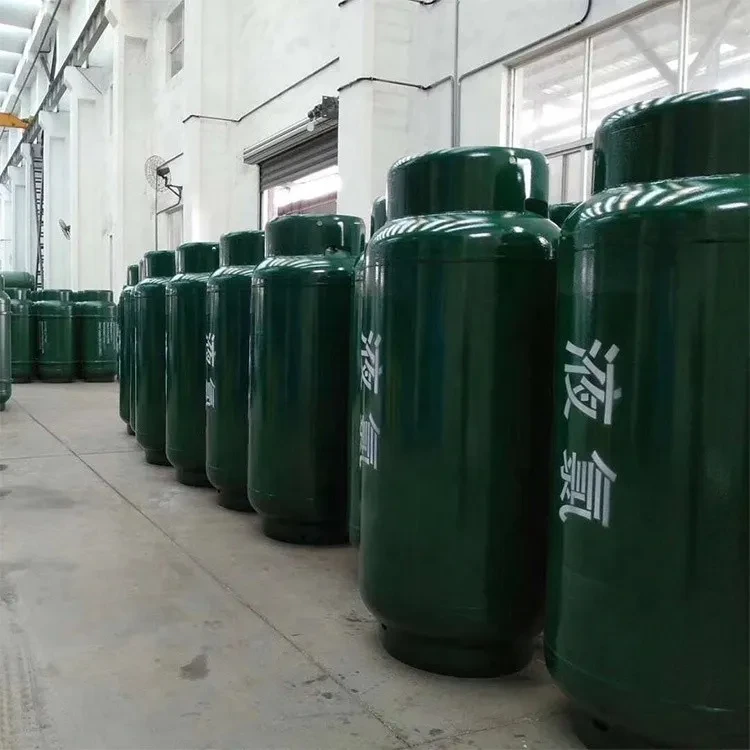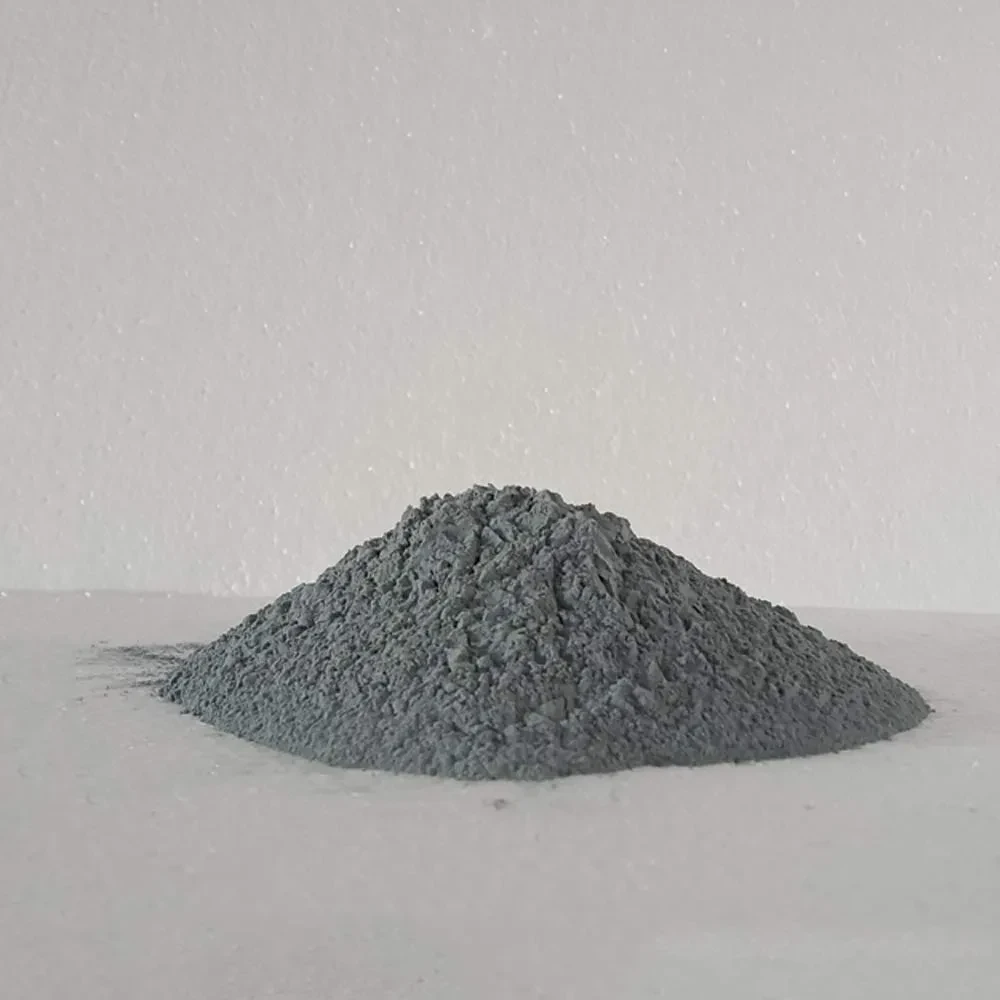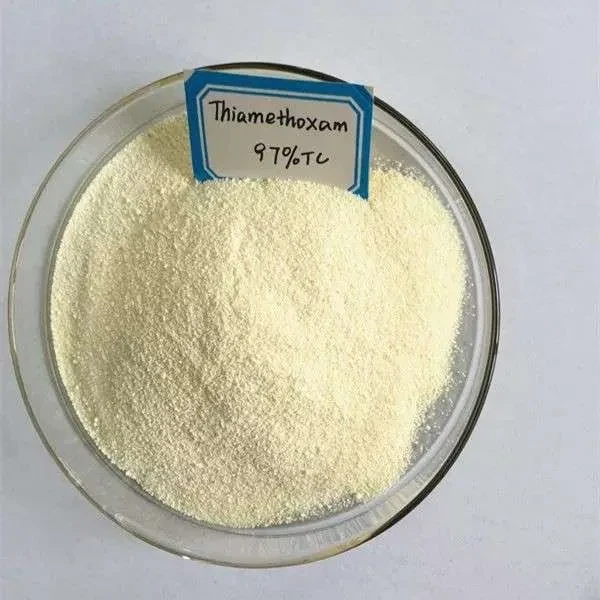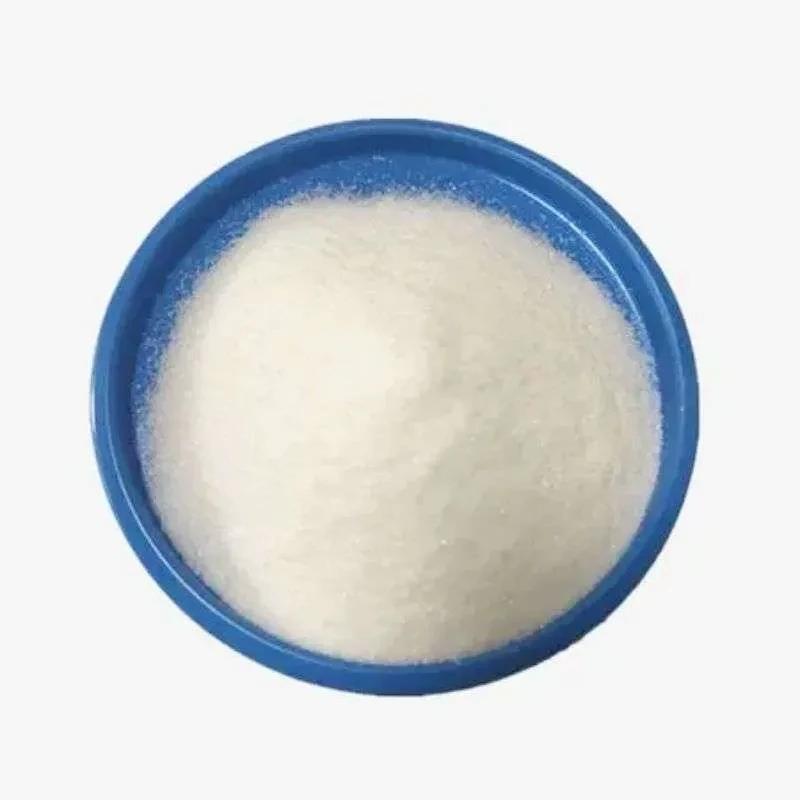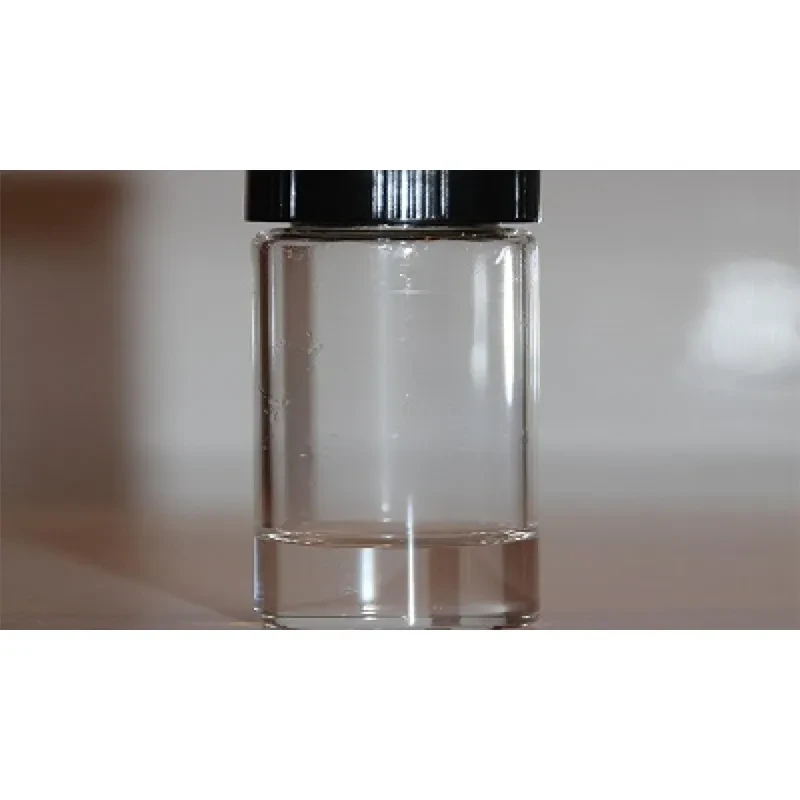CAS No.: 500008-45-7
Molecular Formula: C18H14BrCl2N5O2
Molecular Weight: 483.15
Melting point approximate 225℃ (dec.)
Boiling point 526.6±50.0 °C(Predicted)
Density 1.66±0.1 g/cm3(Predicted)
storage temp. 2-8°C
solubility Chloroform: Slightly Soluble; DMSO: Slightly Soluble
form A solid
pka 10.19±0.70(Predicted)
color White to off-white
LogP 3.641 (est)
CAS DataBase Reference 500008-45-7
|
Symbol(GHS) |
|
|
Signal word |
Warning |
|
Hazard statements |
H410 |
|
Hazard Codes |
Xn |
Chlorantraniliprole is an insecticide of the ryanoid class. It is a new compound by DuPont belonging to a new class of selective insecticides (anthranilic diamides) featuring a novel mode of action (group 28 in the IRAC classification). It is the first anthranilic diamide registered for use on turfgrass and landscape ornamentals. It is used to control a broad spectrum of pests including cabbage loopers, corn borers, Colorado potato beetle, European grapevine moth, armyworms and cutwormson a range of crops including potatoes and cotton. Its mechanism of action is through activating the insect ryanodine receptors (RyRs), further stimulating the release and depletion of intracellular calcium stores from the sarcoplasmic reticulum of muscle cells, causing impaired muscle regulation, paralysis and ultimately death of sensitive species.
Formulations containing chlorantraniliprole have been used in agriculture to control moths, beetles, and caterpillars among other insects.
White crystal, specific gravity (for liquid) 1.507g/mL, melting point 208-210℃, decomposition temperature 330℃, vapor pressure (under 20~25) 6.3×1012Pa, solubility (under 20~25, mg/L): water 1.023, acetone 3.446, methanol 1.714, acetonitrile 0.711, ethyl acetate 1.144. Chlorfenvinphos It is highly efficient and broad-spectrum, and has good control effect on Lepidoptera of Noctuidae, stem borer moths, fruit moths, leaf roller moths, pink moths, vegetable moths, wheat moths, and fine moths, etc. It can also control Sphingidae weevils, leaf beetles; Diptera subterranean flies; sooty fly and many other non-lepidopteran pests.
Chlorantraniliprole is a pyrazolylpyridine insecticide and an activator of insect ryanodine receptor.



